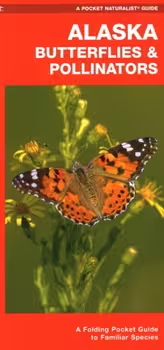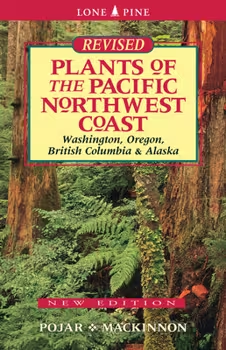James Kavanagh’s “Alaska Butterflies and Pollinators: A Folding Pocket Guide to Familiar Species” is a practical, if necessarily limited, tool for the naturalist venturing into Alaska’s vast landscapes. Its compact, folding format is ideal for field use, fitting easily into a pocket or backpack, a crucial consideration in a region where portability is paramount.
The guide’s strength lies in its focus on familiarity. Kavanagh wisely narrows his scope to the most commonly encountered butterflies and pollinators, acknowledging the sheer breadth of species that could potentially be included. This curated selection allows for a manageable and accessible introduction to the region’s entomological diversity, particularly for those with limited prior experience.
The species descriptions, while concise, are informative. Kavanagh highlights key identifying features, such as wing patterns, size, and habitat preferences, enabling quick and accurate identification in the field. The inclusion of clear, albeit small, photographs further aids in this process.
However, the guide’s limitations are inherent in its format. The folding design, while practical, necessitates a restricted amount of information. Species accounts are brief, often lacking the depth of detail that would satisfy more inquisitive naturalists. Information on larval host plants, life cycles, and ecological roles is largely absent, reducing the guide’s value as a comprehensive reference.
Furthermore, the selection of “familiar species” is somewhat subjective. While Kavanagh’s choices are generally sound, some notable omissions exist. Certain regional variants or less conspicuous pollinators are excluded, potentially leaving users with an incomplete picture of Alaska’s entomological diversity.
The guide’s emphasis on pollinators, while commendable, is also somewhat superficial. Kavanagh briefly mentions the importance of these insects in the Alaskan ecosystem, but he fails to delve into the specific relationships between pollinators and native flora. This lack of ecological context diminishes the guide’s value as a tool for understanding the intricate web of life in Alaska.
The durability of the guide is commendable. The laminated folding format is designed to withstand the rigors of field use, a crucial consideration in a region where weather conditions can be unpredictable.
In conclusion, “Alaska Butterflies and Pollinators” is a practical and convenient field guide for identifying familiar species in Alaska. Its compact format and clear descriptions make it a useful tool for novice naturalists. However, its limited scope, concise species accounts, and lack of ecological context prevent it from achieving its full potential. While it may serve as a helpful introduction to Alaska’s entomological diversity, more comprehensive resources are needed for in-depth study.





Reviews
There are no reviews yet.